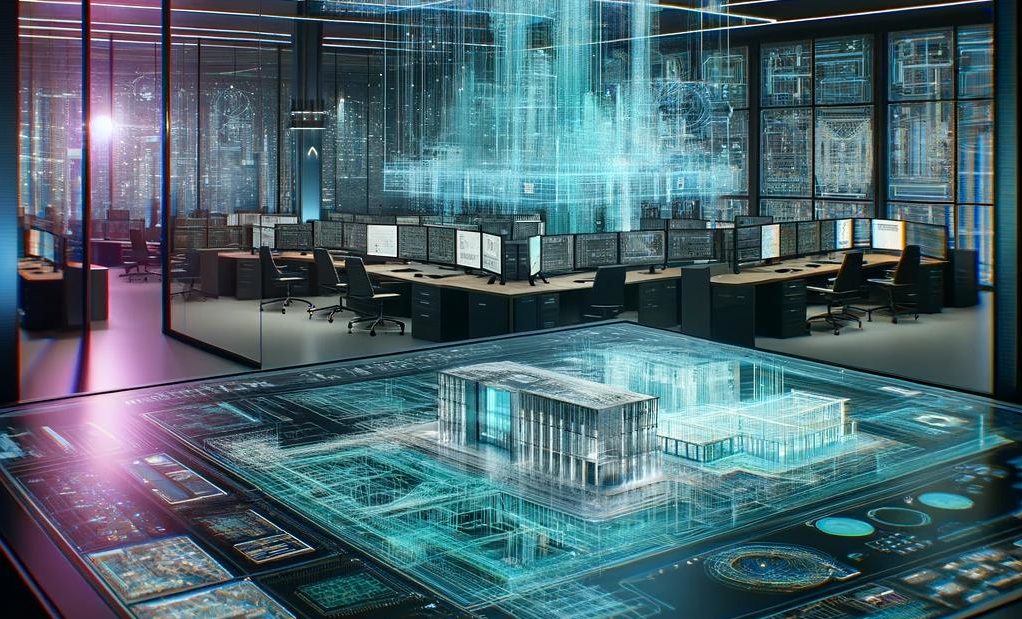What is BIM ?
BIM (Building Information Modeling) is a collaborative working methodology for managing construction and infrastructure projects. It is based on the creation and use of 3D digital models containing detailed information about the physical and functional characteristics of the elements being built. These models serve as a basis for decision-making throughout a building’s lifecycle, from initial design to demolition.
BIM enables architects, engineers, builders and building owners to visualise the entire project in an integrated way, optimise performance, manage costs, coordinate schedules and reduce the risk of errors and conflicts between trades thanks to improved communication and collaboration. The use of BIM thus promotes a more efficient and sustainable approach to construction, making it easier to manage and maintain buildings during their operation.

What are the benefits of BIM ?
◊ Time savings:
BIM speeds up projects through improved coordination and early detection of conflicts, minimising delays.
◊ Maximum efficiency:
By centralising information, BIM improves communication between teams, encouraging rapid, informed decision-making.
◊ Optimisation of resources:
Accurate modelling enables precise material quantities to be calculated, reducing waste and optimising the use of resources.
◊ Fewer errors:
Close collaboration reduces errors, thanks to early detection of conflicts and better construction quality.
◊ Virtual model:
BIM creates a detailed virtual model, making it easier to visualise the project and communicate with stakeholders.
◊ Prefabrication:
By facilitating the creation of detailed models, BIM optimises prefabrication, reducing installation time and improving construction quality.

Comments